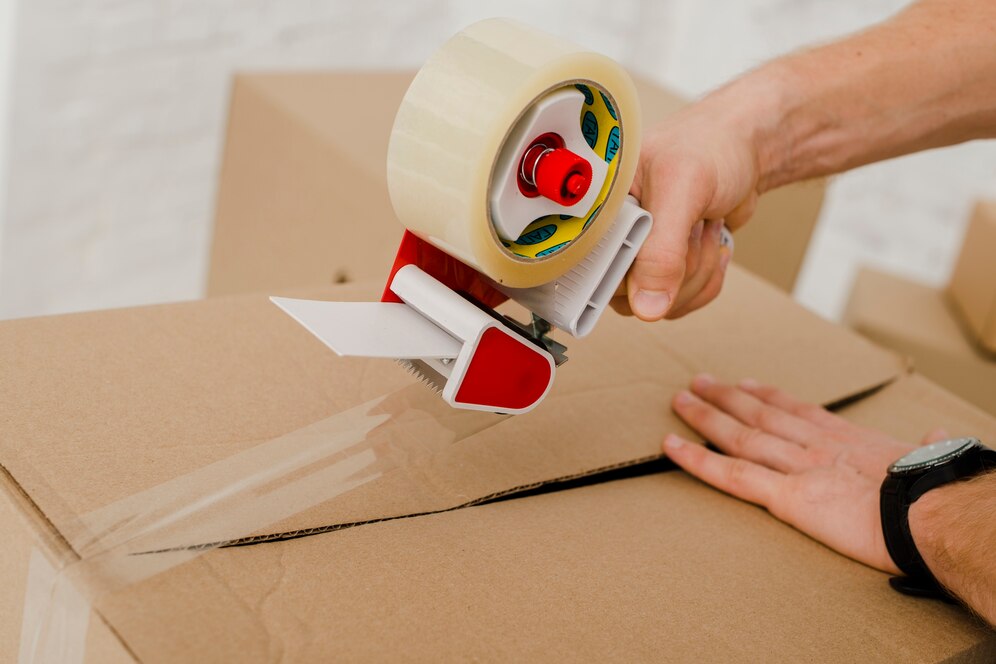If you’ve kept up with annual furnace maintenance, fixed air leaks around windows and doors, and stayed diligent with your furnace filter, yet your home still feels chilly, your ducts may be to blame. Responsible for distributing warm air from your furnace, ducts can lose up to 20 percent of heated air due to leaks and poor connections, according to the U.S. Department of Energy.
To enhance comfort and preserve energy, consider sealing and insulating your ducts in areas like the attic, basement, crawlspace, and garage. This not only conserves energy but also mitigates the risk of backdrafting, where furnace gases are drawn indoors instead of being vented outside.
But should you tackle duct sealing and insulating yourself or enlist professional help? To decide, consider your comfort with DIY projects, your knowledge and skills, access to supplies, and ability to address unexpected issues. Even if you feel capable, partnering with a reputable heating system service company can provide added assurance.
Begin by identifying problem areas in your ductwork. Older homes may exhibit more wear and tear, but all damage can be repaired. Look for disconnected, crumpled, or dented ducts, as well as deteriorating tape. Contrary to its name, duct tape is not suitable for sealing ducts due to its short lifespan and poor temperature response. Instead, use metal tape or mastic sealant for proper sealing and R-6 duct insulation for insulation.
A trusted heating system service company like Experts In Your Home can secure metal ducts with sheet metal screws and flexible duct connections with metal or plastic bands. Reach out today to combat leaky ducts and enhance your home’s comfort and energy efficiency.

